Spartak. The Death of Fish Due to Poaching and Shallowing. Total Destruction of Biodiversity.
Coordinates: Latitude 43°059968 Longitude 74°134584
Summer 2021 was dry for all of Kyrgyzstan. However, the consequences of the low water levels are most acutely felt in the Chui region. Currently, the entire territory of the Chui Valley can be viewed in one way or another as a zone of ecological disaster and ecocide.
According to specialists, the "Spartak" reservoir once had the largest number of fish species in the Chui region and in all of Kyrgyzstan during "good times." A total of 25 species were found here, including pike, crucian carp, chebak, marinka, perch, snakehead, silver carp, carp, osman, trout, eleotridae, and catfish. The largest among them is the catfish, with one specimen caught in the reservoir weighing up to 90 kg. The smallest is the tiny eleotridae, with adult individuals barely reaching 5 centimeters in size. Now, to varying degrees, the death of fish has affected almost the entire species composition.
The same situation exists at the third Ala-Archa reservoir, where the water has also been lowered to zero, resulting in a massive amount of dead fish lying and decomposing. Videos of the incident were published on social media. Local fishermen witnessed thousands of fish floating to the surface. "A few days ago, I arrived early in the morning and saw a terrible sight," one of them recounted. "The entire surface of the lake was covered with floating dead fish." Instead of a large body of water, a small river remains, filled with hundreds of kilograms of dead fish.
The death of fish in the water bodies of the Chui Valley is not only due to the lowering of water levels. Fish in the channels are dying from extreme heat, lack of wind, and insufficient oxygen in the water. This is also related to the growth of lower microflora—inedible vegetation for fish that absorbs oxygen meant for them. The water in the channels heats up above 26 degrees Celsius, while the norm is 21 degrees, leading to active algae blooms. During the day, they produce oxygen through photosynthesis, but at night, they consume it, causing a daily oxygen deficit.
The situation is complicated not only by the lack of meltwater from glaciers but also by significant losses that have become particularly noticeable under the current deficit. The use of water for irrigation negatively impacts the fauna of rivers: small rivers in the agricultural zone of the Chui Valley are almost completely devoid of water during the summer. As a result of the regulation of large channel flows and mass water discharge from reservoirs, there is degradation of floodplains, drying up of swamps, disappearance of tugai thickets, and total destruction and death of all biodiversity in rivers and water bodies. Tons of fish are dying, amphibians are disappearing, and migratory birds are leaving their nesting sites.
Moreover, reservoirs and floodplain areas traditionally serve as resting and feeding grounds for many waterfowl during their migration and wintering periods. No specialist can quantify the colossal damage to nature. Monitoring of waterfowl populations at reservoirs is practically non-existent.
According to data, only 15-20% of river flow in Kyrgyzstan is used for domestic water needs, while the remaining 80-85% flows into the territories of Central Asian countries. Open sources also indicate that Kyrgyzstan has experienced the highest temperature increase of 1.6 °C compared to Central Asian countries. The forecast for temperature rise by 2100 is 4.4 °C. This will accelerate the melting and evaporation of mountain glaciers due to the cumulative impact of the climate system: temperature, atmospheric pressure, humidity, evaporation, greenhouse effect, wind patterns, pollution, and evapotranspiration.
According to specialists, low water levels are a seasonal and cyclical phenomenon. If the government does not draw conclusions from what is happening today, it will inevitably face the problem again in the future, the social consequences of which are difficult to overestimate. Soil drought, dust storms, soil erosion and degradation, reduced yields, loss of biodiversity. Then, we can expect fierce competition for resources, conflicts, migration, and ecological refugees...
Summer 2021 was dry for all of Kyrgyzstan. However, the consequences of the low water levels are most acutely felt in the Chui region. Currently, the entire territory of the Chui Valley can be viewed in one way or another as a zone of ecological disaster and ecocide.
According to specialists, the "Spartak" reservoir once had the largest number of fish species in the Chui region and in all of Kyrgyzstan during "good times." A total of 25 species were found here, including pike, crucian carp, chebak, marinka, perch, snakehead, silver carp, carp, osman, trout, eleotridae, and catfish. The largest among them is the catfish, with one specimen caught in the reservoir weighing up to 90 kg. The smallest is the tiny eleotridae, with adult individuals barely reaching 5 centimeters in size. Now, to varying degrees, the death of fish has affected almost the entire species composition.
The same situation exists at the third Ala-Archa reservoir, where the water has also been lowered to zero, resulting in a massive amount of dead fish lying and decomposing. Videos of the incident were published on social media. Local fishermen witnessed thousands of fish floating to the surface. "A few days ago, I arrived early in the morning and saw a terrible sight," one of them recounted. "The entire surface of the lake was covered with floating dead fish." Instead of a large body of water, a small river remains, filled with hundreds of kilograms of dead fish.
The death of fish in the water bodies of the Chui Valley is not only due to the lowering of water levels. Fish in the channels are dying from extreme heat, lack of wind, and insufficient oxygen in the water. This is also related to the growth of lower microflora—inedible vegetation for fish that absorbs oxygen meant for them. The water in the channels heats up above 26 degrees Celsius, while the norm is 21 degrees, leading to active algae blooms. During the day, they produce oxygen through photosynthesis, but at night, they consume it, causing a daily oxygen deficit.
The situation is complicated not only by the lack of meltwater from glaciers but also by significant losses that have become particularly noticeable under the current deficit. The use of water for irrigation negatively impacts the fauna of rivers: small rivers in the agricultural zone of the Chui Valley are almost completely devoid of water during the summer. As a result of the regulation of large channel flows and mass water discharge from reservoirs, there is degradation of floodplains, drying up of swamps, disappearance of tugai thickets, and total destruction and death of all biodiversity in rivers and water bodies. Tons of fish are dying, amphibians are disappearing, and migratory birds are leaving their nesting sites.
Moreover, reservoirs and floodplain areas traditionally serve as resting and feeding grounds for many waterfowl during their migration and wintering periods. No specialist can quantify the colossal damage to nature. Monitoring of waterfowl populations at reservoirs is practically non-existent.
According to data, only 15-20% of river flow in Kyrgyzstan is used for domestic water needs, while the remaining 80-85% flows into the territories of Central Asian countries. Open sources also indicate that Kyrgyzstan has experienced the highest temperature increase of 1.6 °C compared to Central Asian countries. The forecast for temperature rise by 2100 is 4.4 °C. This will accelerate the melting and evaporation of mountain glaciers due to the cumulative impact of the climate system: temperature, atmospheric pressure, humidity, evaporation, greenhouse effect, wind patterns, pollution, and evapotranspiration.
According to specialists, low water levels are a seasonal and cyclical phenomenon. If the government does not draw conclusions from what is happening today, it will inevitably face the problem again in the future, the social consequences of which are difficult to overestimate. Soil drought, dust storms, soil erosion and degradation, reduced yields, loss of biodiversity. Then, we can expect fierce competition for resources, conflicts, migration, and ecological refugees...

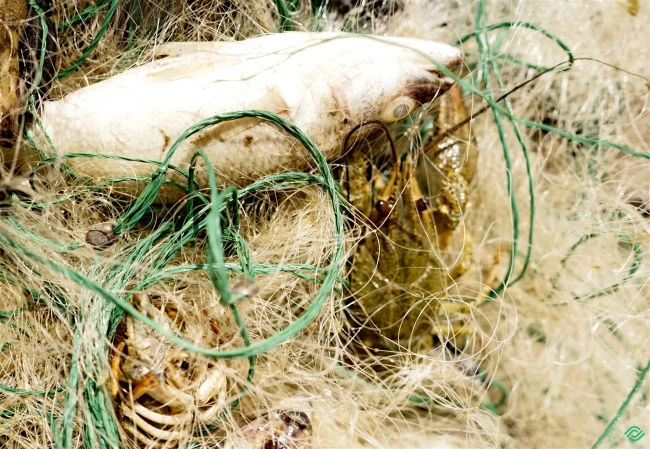

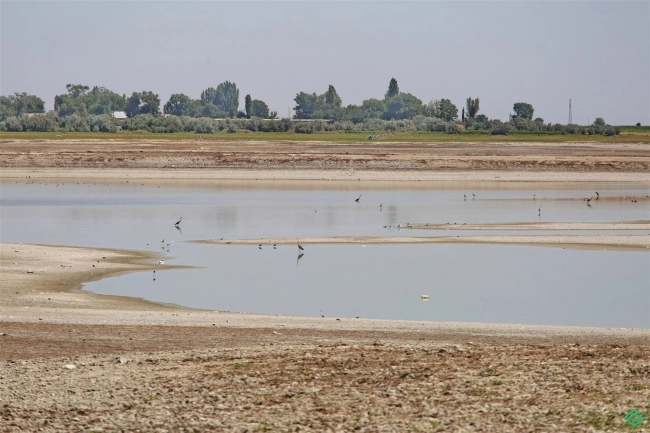
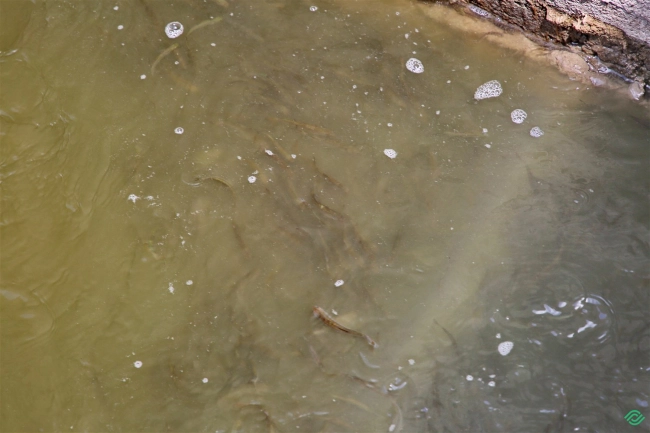
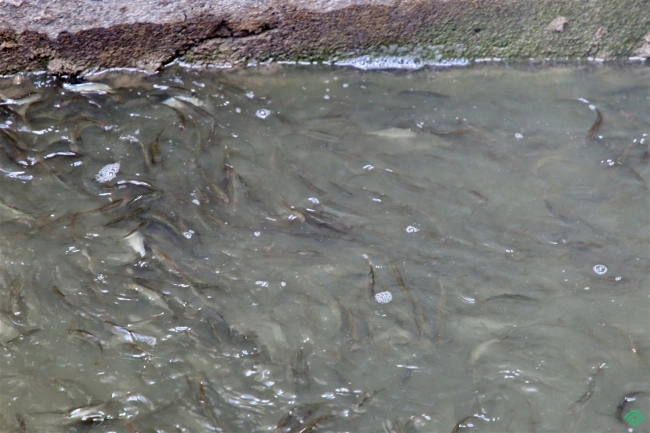

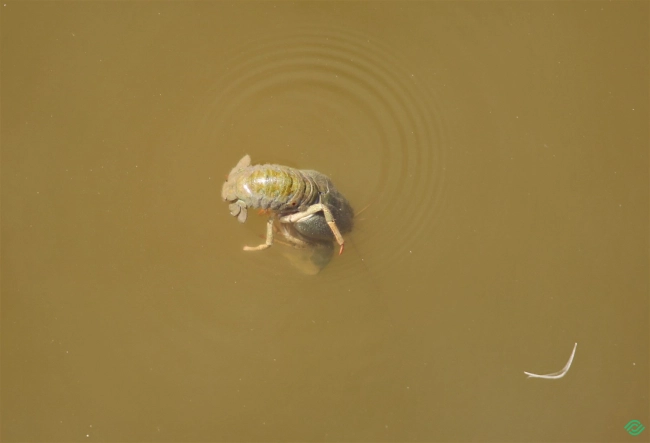

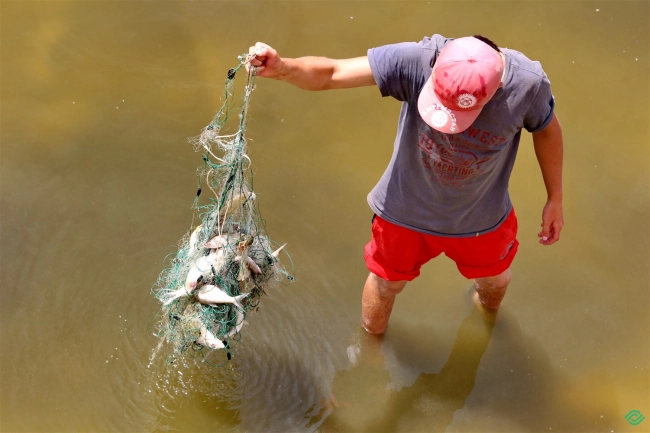
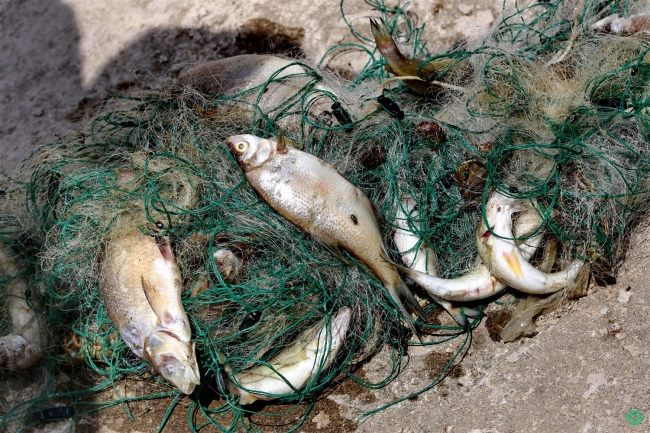
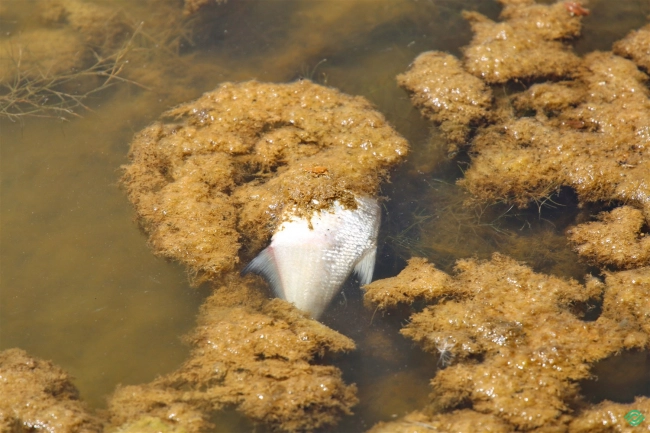
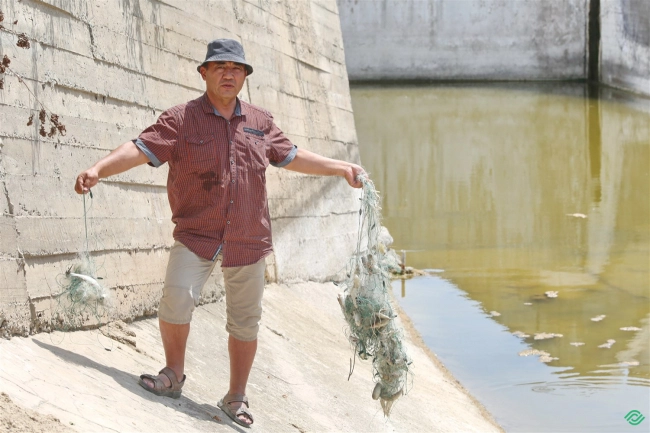
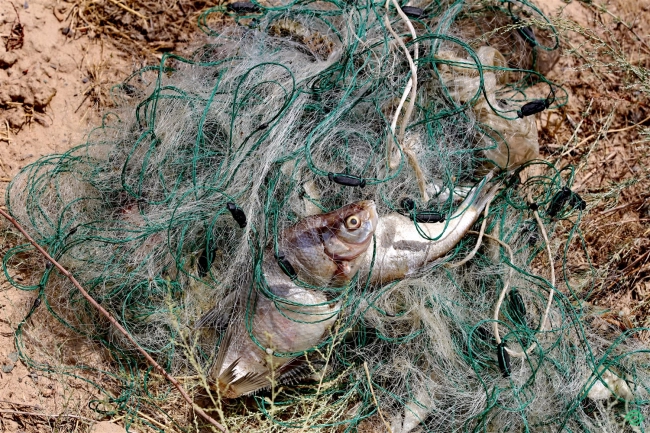
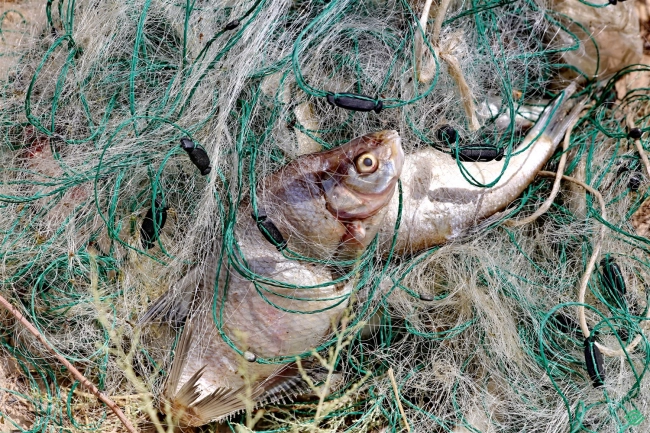
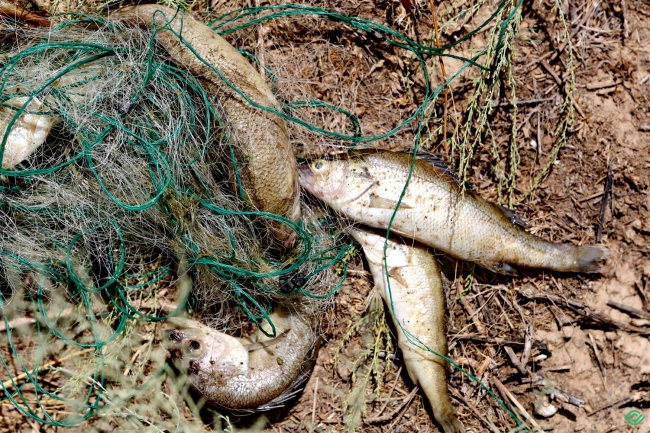
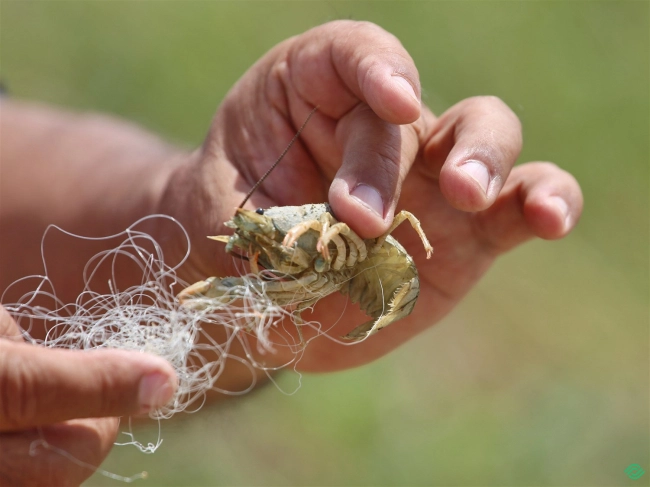
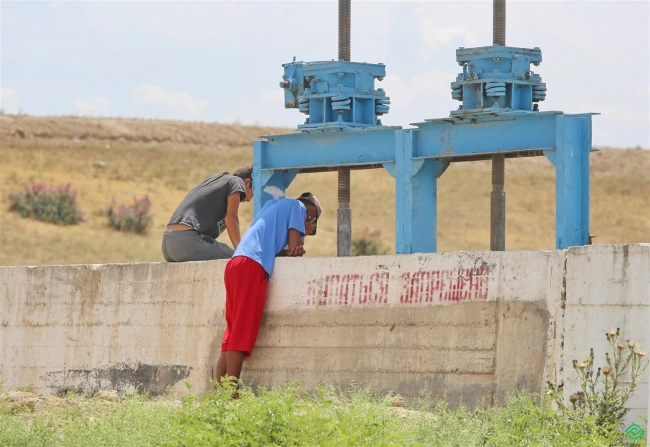
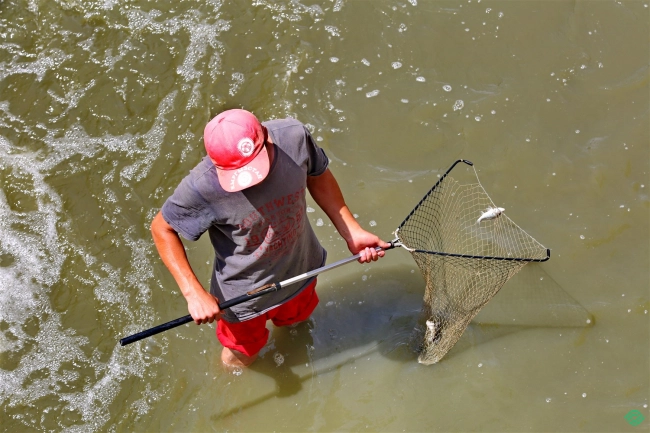


















Attention: Information based on submitted complaints